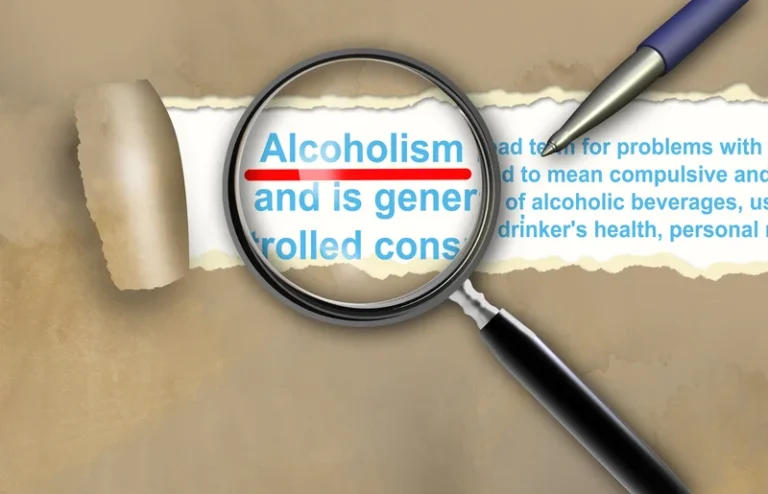
However, an alcohol-impaired driving arrest can be used as an opportunity to screen people for excessive alcohol use. Brief interventions involve assessing readiness, motivators, and barriers to behavior change. These interventions can be delivered in person or electronically (such as on computers or cell phone apps) in many settings, such as hospitals, doctor’s offices, and universities.

1 Cognitive studies
If you’re not sure whether it’s safe for you to drive, err on the side of caution and don’t drive. A BAC of .08 grams of alcohol per deciliter (g/dL) or higher is above the legal limit in the United States. But don’t let that number guide your choice to get behind the wheel. Also, what you consider one drink could actually equate to more (sometimes ~a lot~ more) than what’s recognized as a standard drink. Alcohol metabolism rates vary widely between people and situations.
- The vehicle cannot be operated unless the driver blows into the interlock and has a BAC below a pre-set low limit, usually .02 g/dL.
- Many of these cases involved binge drinking, a form of consuming too much alcohol in a short period of time.
- Zero tolerance laws make it illegal for people under age 21 to drive with any measurable amount of alcohol in their systems.
- It also provides a state by state breakdown of alcohol-impaired driving laws.
- A DUI can set you back, on average, $10,000, and there could be a crash — people could get hurt or killed.
Getting Treatment for an Alcohol Problem
After about five drinks, braking appropriately is also challenging. At this point, limited coordination and balance make it difficult to maintain a safe position in your lane. When coordination, steering, braking, and correct lane position are limited, intoxicated drivers are a safety hazard for themselves and others. Visual functions begin to decline with a blood alcohol concentration (BAC) of just .02%, the equivalent of only one to two drinks.

Reasons why people drink and drive

Impaired driving is a leading cause of all traffic-related deaths in the United States. The penalties that accompany a DUI conviction vary from state to state. Any crime committed either qualifies as an infraction, a misdemeanor or a felony, with infractions being the least serious crimes and felonies being the most serious. In all 50 states, driving under the influence is considered a misdemeanor or a felony offense.

Your primary consequences of driving drunk include: care doctor is a good place to start, as they’ll consider your overall health and needs in recommending treatment paths. If you have even the slightest concern that you may be alcohol-impaired, it’s just better to call an Uber or hand your keys off to a designated driver. The social consequences may include job loss or difficulty finding future employment—especially in roles that require a clean driving record or high levels of trust. Being convicted of drunk driving can affect employment opportunities, one’s reputation in the community, and relationships with family, friends, and loved ones. Persons who serve alcoholic beverages are also stakeholders to the extent that they should be responsible for not serving excess alcohol to drivers. Alcohol consumption can put anyone at risk of causing an accident or other serious injury.
One weakness of driving studies is that subjects are aware of being observed and assessed, so such studies are generally a better measure of what drivers are capable of doing rather than what they actually do. Epidemiological studies attempt to assess the actual risk that a driver may cause an accident under the influence of a drug, relative to that of a sober person driving under similar conditions. The relative risk is expressed in the form of an “odds ratio” (OR), which is the multiplier for the increased accident risk from driving under the influence of marijuana.
For example, they drank more than intended because they liked the buzz. Here, we look at some of the most common reasons drunk driving occurs, according to research, and the steps you can take to prevent yourself from getting behind the wheel while impaired. Often, individuals charged with a DUI are also required to install an ignition interlock device at their own expense. This device requires drivers to blow into the interlock and register a BAC below .02% to start the car. Once your BAC is at .05%, you’ll have a slower response to emergency situations behind the wheel. If a car in front of you suddenly stops, for example, you may not hit the brakes in time if you’re impaired.
What are the legal consequences of drunk driving?
- The drinker will be sloppy, have difficulty standing up, may become dizzy, and begin to vomit.
- However, alcohol use has a direct, adverse effect on a person’s sleep quality.
- Now, an under 21-year old with even trace amounts of alcohol in their blood will automatically be guilty of driving under the influence.
- This way, the next time you’re tempted to pick up the car keys after putting down a drink, you won’t even have to weigh your options and potentially make a fatal choice.
- While driving, there are numerous demands on a person’s attention, such as staying in the correct lane, monitoring other vehicles, managing speed, and following traffic signals.
- Impaired vision can affect how you judge the distance between your car and other vehicles on the road.
Therefore, if the car in front of you brakes suddenly or a pedestrian crosses the street, it will take longer for your brain to process the situation and prevent an accident. “Implied consent” means that in obtaining a driver’s license and driving on public roads, you have automatically given permission for a chemical test to be conducted if a police officer suspects you of driving while intoxicated. Even taking the lowest figure for each of these costs, a DUI conviction could set you back around $6,000. In DUI cases that incur higher costs, you could be looking at financial losses in excess of $20,000.
The effect of alcohol consumption on risk-taking while driving
- Impaired driving continues to be a serious safety and public health issue worldwide.
- Drinking can cause blurred vision and, in some cases, uncontrolled eye movements.
- Inhibitions lower, and the ability to respond to situations, such as unexpected vehicles or objects on the road, becomes more difficult.
- When operating a motorized vehicle, your judgement skills play an important role in how you make decisions.
If you drive while impaired, you could get arrested, or worse — be involved in a traffic crash that causes serious injury or death. Your life and the lives of others on the road are at risk every time a driver gets behind the wheel after drinking. For example, when encouraged by others, people may drink more than planned or drink when they didn’t plan to at all. Or they may drive drunk because their friends perceive them to be the least intoxicated person in the group (4). Drunk driving can lead to lives lost, jobs lost, severe injury, legal trouble, debt, and incarceration.
Impaired driving continues to be a serious safety and public health issue worldwide. Prescription drugs, including opioid pain relievers and benzodiazepines can also impair driving ability. Always read and follow any instructions provided with your medications.